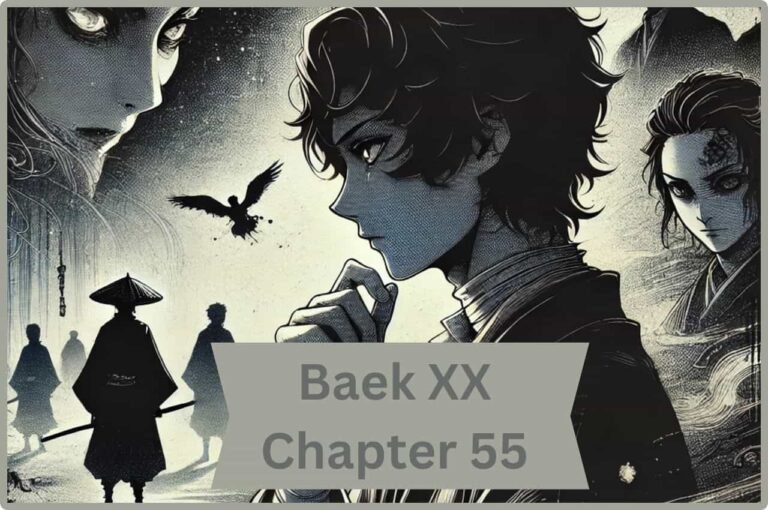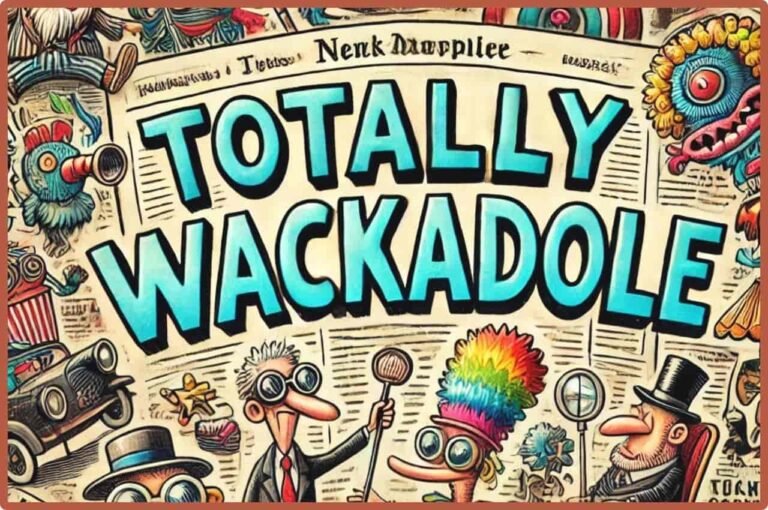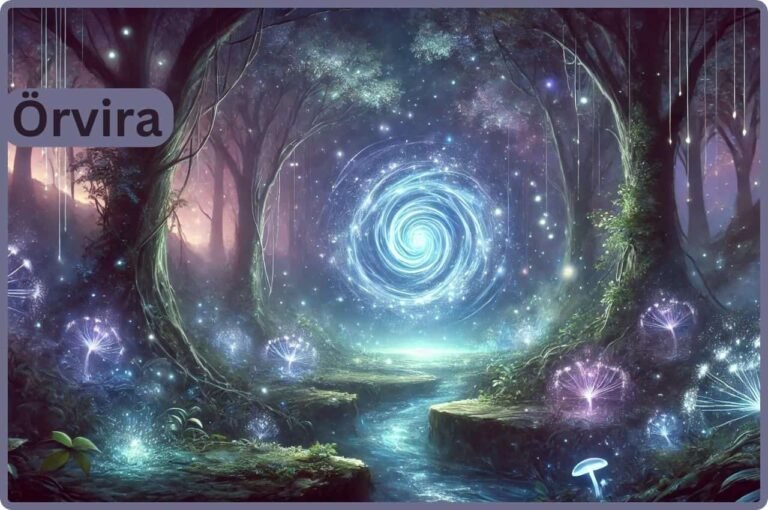Mamgatoto: A Journey into the Heart of African Folklore and Culture
Introduction
Africa is a continent rich in culture, history, and traditions, each deeply rooted in the various ethnic communities that populate its diverse landscapes. One hidden gem within African culture is Mamgatoto, a concept steeped in folklore, traditional values, and cultural significance.
While the term “Mamgatoto” may not yet be universally recognized, its essence reflects the timeless African values of storytelling, oral traditions, and the preservation of communal heritage. This article delves into the significance of Mamgatoto, its role in African society, and its connection to broader themes such as education, unity, and the transmission of cultural wisdom through generations.
What is Mamgatoto?
The term Mamgatoto may seem unfamiliar to many. Still, within specific African communities, it represents an amalgamation of different cultural elements, particularly those linked to storytelling and the passing of wisdom.
Much like the griots of West Africa, who are oral historians and keepers of ancient traditions, Mamgatoto embodies the spirit of these traditions. It is a cultural practice that emphasizes the importance of community, where elders share stories, life lessons, and cultural norms with younger generations through engaging narratives.
In its essence, Mamgatoto is more than just a storytelling medium. It is a way of life through which societies maintain their histories, identities, and values. The stories often involve elements of nature, mythological creatures, ancestors, and moral lessons, aiming to teach younger people how to navigate the complexities of life.
The Role of Mamgatoto in African Folklore
Africa’s rich oral storytelling tradition has been one of the most critical ways its people have preserved history. Even in today’s rapidly modernizing world, where technology has taken over many aspects of life, the art of storytelling, like Mamgatoto, plays a significant role in many rural and urban communities. This practice has kept cultural stories alive and helped communities remain cohesive by reinforcing shared values and experiences.
Oral Tradition and Cultural Preservation
One of the most defining features of African culture is the oral transmission of knowledge. Since ancient times, before the introduction of written languages, African communities relied heavily on spoken word to communicate their history, religion, and life lessons. Mamgatoto plays into this oral tradition as a medium for passing down knowledge and wisdom.
In these stories, symbolic characters, often animals or mythological beings, are used to personify human virtues or vices. These tales encourage listeners to reflect on their behaviour, teaching children the importance of honesty, courage, humility, and respect for others. The beauty of Mamgatoto lies in its universal appeal—these narratives transcend age, gender, and social class, uniting entire communities through shared experiences.
Entertainment and Education
Beyond its function in preserving culture, Mamgatoto also acts as a form of entertainment and education. Storytelling sessions are often held in communal spaces, particularly during evenings around the fire.
These gatherings are moments of joy, laughter, and learning experiences for young children. While they enjoy the fascinating tales of trickster animals or brave warriors, they also absorb valuable life lessons that will shape their understanding of the world.
The interactive nature of Mamgatoto makes it particularly effective in passing down lessons. Elders often engage the younger audience by asking questions or encouraging participation, creating an environment where children feel involved in knowledge-sharing. The intergenerational aspect of Mamgatoto strengthens the bonds between young and old, fostering a sense of continuity within the community.
Critical Themes in Mamgatoto Stories
The stories that makeup Mamgatoto often revolve around central themes that resonate deeply within African societies. Though seemingly simple, these stories contain layers of meaning and reflect complex moral and ethical dilemmas. Some of the key themes found in Mamgatoto stories include:
1. Respect for Nature
African communities have always connected deeply with nature, and this reverence is often reflected in Mamgatoto stories. Animals and natural elements play pivotal roles in these narratives, sometimes as heroes or tricksters. Including these elements demonstrates the belief that nature is not something to be dominated but respected and lived in harmony.
For example, one might hear a story about a wise lion who teaches the importance of patience or a clever tortoise who demonstrates that slow and steady wins the race. These animals, symbolic of various human traits, help listeners understand how to interact with the world around them.
2. The Importance of Community
In African societies, the community is central to one’s identity. Mamgatoto’s stories often emphasize the value of working together, mutual respect, and the need to support one another. These tales reinforce the idea that no individual can exist in isolation—everyone’s well-being is intertwined with the entire community’s.
One famous Mamgatoto story might involve a group of animals who must work together to solve a problem. Through cooperation, they achieve what they could not have accomplished alone. These narratives highlight the virtues of unity and collaboration, encouraging communities to remain strong and interconnected.
3. Wisdom of Elders
Another recurrent theme in Mamgatoto is the wisdom of elders. In African cultures, older individuals are often regarded as the keepers of knowledge, having experienced many trials and tribulations. Mamgatoto stories frequently feature elder characters who impart crucial advice to the younger generation.
The respect accorded to elders in African societies reflects their central role in maintaining cultural continuity. By passing on their knowledge through stories, elders ensure that their experiences and insights are not lost but become guiding principles for future generations.
4. Moral Lessons
Mamgatoto stories, much like Aesop’s fables, are moralistic. They are designed to teach essential life lessons, such as the consequences of dishonesty, the rewards of perseverance, or the dangers of greed. These lessons are usually delivered non-confrontationally, allowing the audience to reflect on their behaviour.
By presenting these lessons through engaging narratives, Mamgatoto’s stories help shape the moral compass of listeners, particularly the young, and ensure that specific values remain central to the community’s way of life.
Mamgatoto in Modern Times
While the role of Mamgatoto has traditionally been limited to rural or tribal settings, its influence has transcended into modern African literature, theatre, and even cinema. Many African authors, such as Chinua Achebe and Ngũgĩ wa Thiong’o, have drawn from traditional storytelling methods like Mamgatoto in their works. These authors have successfully translated the oral tradition into written form, introducing global audiences to the beauty of African folklore.
Moreover, Mamgatoto’s themes of respect for nature, community cohesion, and moral integrity remain relevant in today’s society. As the world grapples with climate change, inequality, and political unrest, the wisdom embedded in Mamgatoto’s stories offers timeless insights into how humanity can navigate these challenges. The need for mutual respect, cooperation, and reverence for the natural world is just as critical today as it was centuries ago.
Conclusion
Mamgatoto represents more than just entertainment; it is an essential cultural practice that preserves African traditions and values. Through its storytelling methods, Mamgatoto teaches younger generations essential life lessons, reinforces community bonds, and ensures the continuity of African heritage.
As technology and globalization continue to change the world, the enduring relevance of Mamgatoto serves as a reminder that some traditions transcend time, offering valuable lessons for modern society.
In a world where cultural preservation is more important than ever, Mamgatoto stands as a testament to the power of storytelling in keeping history, identity, and values alive.






